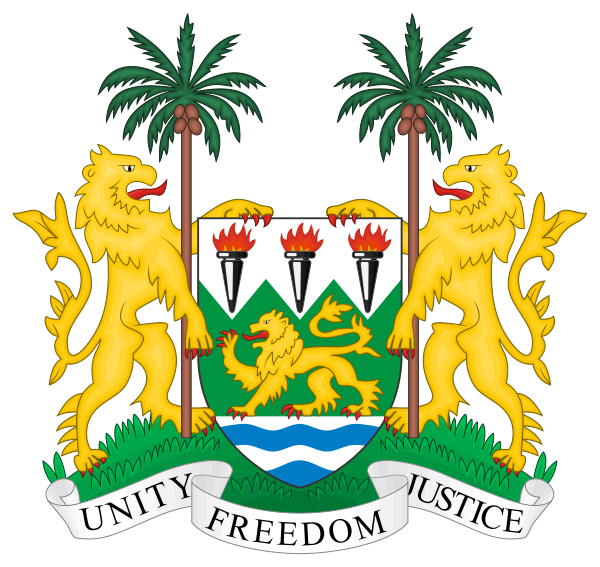INTRODUCTION
Aquaculture is the farming of aquatic organisms including fish, mollusks, crustacean amphibians and aquatic plants. Farming implies some form of intervention in the rearing process to enhance production, such as regular stocking, feeding, protection from predators, etc. Farming also implies individual or corporate ownership of the stock being cultivated.
BACKGROUND INFORMATION
Aquaculture in Sierra Leone has a very recent history. Perhaps the first real efforts in this direction were with the initiation in 1964 – 66 of an oyster culture research programme. It was continued later in 1974, funded by Canadian aid (IDRC), but no substantial production was achieved. Prior to this, Payne ((1974) advocated tilapia, mullet, shrimps and cockles in polyculture, but this never developed. True efforts really only started in 1978, with the construction of a government fish culture station at Makali. The station makes use of an irrigation canal developed through a Chinese technical assistance project for a near-by rice scheme. Construction of the station was done by the Fisheries Division and Peace Corps Volunteer (PVC) with materials provided by the Catholic Relief Services. About 1,000 O. niloticus fingerlings were donated and delivered by the Fisheries Department of the Ivory Coast.
THE FUNCTIONS OF THE AQUACULTURE AND INLAND FISHERIES UNIT IN THE MINISTRY OF FISHERIES AND MARINE RESOURCE
- Coordinate the activities of Inland Fisheries and Aquaculture.
- Supervise all aquaculture and Inland Fisheries activities reported to the MFMR.
- Check technically the progress of aquaculture and inland Fisheries related activities
- Check whether the project proposals on aquaculture and Inland Fisheries are in line with the current development plan and if not make amendments
- Provide Technical know how and procure required inputs and training to technicians and community beneficiaries against cost recovery
- Support the organization of community based projects in Agriculture, Aquaculture and Inland Fisheries
- Monitor regularly the progress made by farmers and small scale aquaculturists and report to the Ministry.
- Sensitized to communities to prioritize the intervention and assist the communities to develop project proposals in line with the Ministry.
- Collect relevant data on fish harvest and related activities
- Intervention in environmental issues related to aquaculture.
MAJOR CULTIVABLE SPECIES
The oyster culture project has been using Crassotrea tulipa, spats being collected from the wild. In the estuaries of Sierra Leone, T. guineensis, S. melanotheron, and live mullet species are potential candidates (Payne (1974). Clarias lazera is being tested at the Makali Fish culture station (Macaulay, pers.com). Payne (1981) also recommended the cockles (Area senilis) and shrimps (Penaeus duorarum). A number of tilapia species, (Oreocromis niloticus, T. lauka, T. brevimanus, S. occidentalis, and S. caudomarginatis) was described by Van Den Audenaerde (1969) was examined by Payne (pers.com.) and considered to be of good performance for fish culture.
